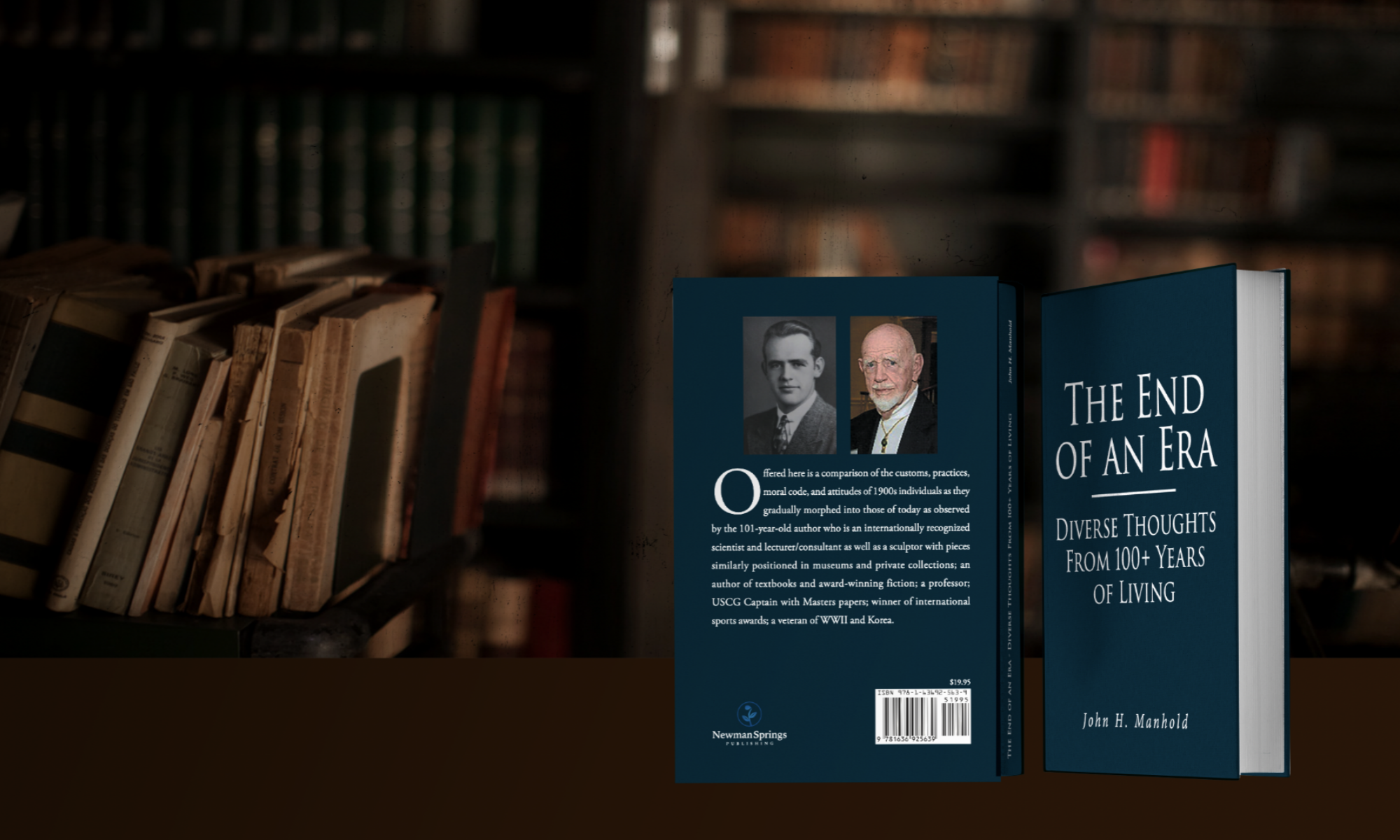ONWARD The Art of Leadership ISBN: 9781948046985 Telemachus Press copyright and written by Mark Joseph Huckabee.
The book opens with an introduction stating “The top trait of leaders: They never quit learning and growing. Leaders are perpetual students seeking mastery of their craft. Leadership is a life-long journey with no final destination. It is a way – the best way – to live life. You will see your hard work manifest into success not only for you, but for those around you.” Seven sections follow with descriptions of how to attain this eminence by following the examples set by known, as well as lesser stature, philosophers, warriors, writers, statesmen, politicians, explorers, entrepreneurs, scientists and others. All is provided with support from copious examples, quotes, and explanations provided by these people and especially from a most interesting and unusual array of cinematic productions. Section I begins with the ‘First Step’ and provision of examples of how everyone is a combination of boss, parent, leader, employer and coach. The examples range from presentation of the “Ice Bowl” football game and the initiation of “Molotov Cocktails” to movies such as Rocky, Jurassic Park, To Kill a Mocking Bird and more. Section II discusses the “How” of leadership with an actor’s example of the importance of “Preparation and the Will to Win”, a short story of Benjamin Franklin’s winning strategy, the “Art of Silence”, the movie “Star Wars” and numerous other pertinent factors. Section III presents a discussion of the importance of settling for nothing less than the “Extraordinary” detailing the difference between Dreamers and Doers with supportive material from the cinematic production of Field of Dreams, Ian Fleming’s James Bond and more. Section IV concentrates on “Building Great Teams. V the importance of having and living your principles. VI describes Managing an organization as well as managing your life and sets forth a sizable number of examples set by famous people and such pictures as Citizen Kane, and The Godfather. The last, Section VII: Change the Frame, opens with a vignette of Viktor E. Frankl, Holocaust survivor, renowned scientist and best-selling author and his human ability to survive not only unimaginable suffering of body, but his mind, soul and spirit that says “You shall overcome. And the reward for enduring your struggle is that you will change the world” and how his founding of ‘logotherapy’ was to teach that there was a basic importance to find a meaning in life that was the primary and most compelling motivational driving force in humans. The book ends with “A Personal Farewell: Turn the Page” where the author offers a few parting words “Any life worth living – at some point – will face seemingly unbearable circumstances. If you aren’t failing. You aren’t growing. You aren’t taking the chances true living requires. This too shall pass. Life will humble you. Let it. When it’s easy: Onward. When it’s hard: Onward. Locked onto your full potential, always facing True North. Live life this way, and I promise you will get there. A day is coming….Every moment the story of your life is being written. AND YOU HOLD THE PEN.”
Discussion: The author has taken discussion of moving one’s methods of living and working to successful levels to a most unusual and interesting manner of presentation level. Frankly, this reviewer approached this read/review with some restrictions of interest. Having read quite a number of these ‘self-help’ presentations, not much different was expected and momentarily was buttressed by observing the number of references to cinematic productions included. Once again my inclination to persevere through any book received ‘’till the bitter end’ proved to be the correct decision. This is a book that deserves to be read with an open mind by any book reviewer and is a truly helpful and easy-to-read volume for those looking for thoughtful suggestions.
5* Unusual, impressive offer of usual material in a different, enjoyable package.
